光村図書 中学2年生 Here We Go! Let’s Read1の本文の日本語訳と重要箇所の解説です。
『スーホの白い馬』というモンゴルの民族楽器である「馬頭琴」の由来にまつわる物語になります。日本では絵本にもなっているものを,今回は英語で読んでいきます。
物語ならではの表現も多いので,しっかりと意味を掴めるように解説していきますよ!
>中2Here We Go! Let’s Read2 本文和訳
>中2Here We Go! Let’s Read3 本文和訳
- Let’s Read1 本文と日本語訳
- 重要語句
- Let’s Read1 重要事項の解説
- He took great care of the horse.
- The white horse grew up.
- One year, in spring, the ruler was having a horse race.
- He said, “The winner of the race will marry my daughter.
- Sukh wanted to take part in the race with his white horse.
- He got on his horse and went to the town.
- And in the lead … was the white horse.
- When the ruler saw Sukh, he said, “Here is some silver. Leave that white horse here and go home!”
- “What! Stupid boy! Men, beat him up!”
- The ruler took the white horse away from him.
- He wanted to show the white horse to many people.
- He tried to ride on the horse.
- The white horse leaped up and the ruler fell off him.
- The ruler said, “Quick. Catch him. If you can’t catch him, shoot him!”
- His men shot arrows at the white horse, but the white horse kept on running.
- That night, when Sukh was in bed, there came a sound from outside.
- The horse said to Sukh, “Don’t be sad. Please make a musical instrument out of my bones and hair.
- When he played it, he felt that his white horse was with him.
- That sound moved the hearts of all the people of Mongolia.
- Let’s Read1 まとめ
Let’s Read1 本文と日本語訳
Sukh’s White Horse 『スーホの白い馬』
Once upon a time, a poor boy lived in Mongolia.
「昔々,1人の貧しい少年がモンゴルに住んでいました。」
His name was Sukh.
「彼の名前はスーホといいました。」
One day, Sukh found a baby white horse.
「ある日,スーホは赤ちゃんの白い馬を見つけました。」
He took great care of the horse.
「彼はその馬を大切に世話しました。」
The white horse grew up.
「その白い馬は成長しました。」
One year, in spring, the ruler was having a horse race.
「ある年の春,王様が馬のレースを開催していました。」
He said, “The winner of the race will marry my daughter.
「王様は,『レースの勝者は私の娘と結婚させてやろう。』と言いました。」
Sukh wanted to take part in the race with his white horse.
「スーホは白い馬と一緒にレースに参加したいと思いました。」
He got on his horse and went to the town.
「彼は馬に乗って,町へ行きました。」
On the day of the race, a lot of people came together.
「レースの日,たくさんの人が一緒に来ました。」
The race began. The horses ran fast.
「レースが始まりました。馬たちは速く走りました。」
And in the lead … was the white horse.
「そして先頭に立ったのは…その白い馬でした。」
“The white horse came in first! Who is the winner?” the ruler cried.
『白い馬が最初に来た!勝者は誰だ?』王様は叫びました。
But the winner was just a poor boy.
「しかし勝者はただの貧しい少年でした。」
When the ruler saw Sukh, he said, “Here is some silver. Leave that white horse here and go home!”
「王様がスーホを見たとき,『ここに銀貨がある。あの白い馬をここに残して家に帰れ!』と言いました。」
But Sukh said, “I won’t sell my horse!”
「しかしスーホは,『私の馬を売るつもりはありません!』と言いました。」
“What! Stupid boy! Men, beat him up!”
「『何だと!愚かな少年め!お前たち,こいつを殴りつけろ!』」
The men beat and kicked Sukh.
「男たちはスーホを殴り,蹴りつけました。」
The ruler took the white horse away from him.
「王様はスーホから白い馬を奪いました。」
The ruler was happy.
「王様は嬉しがりました。」
He wanted to show the white horse to many people.
「彼はたくさんの人にその白い馬を見せたがりました。」
One day, he had a party.
「ある日,王様はパーティーを開きました。」
He tried to ride on the horse.
「彼は馬に乗ろうとしました。」
Then it happened.
「そのとき,それは起こりました。」
The white horse leaped up and the ruler fell off him.
「白い馬が飛び跳ね,王様は落ちてしまったのです。」
The white horse ran away.
「白い馬は走り去りました。」
The ruler said, “Quick. Catch him. If you can’t catch him, shoot him!”
「王様は,『急げ。馬を捕まえろ。もし捕まえられないなら撃て!』と言いました。」
His men shot arrows at the white horse, but the white horse kept on running.
「男たちは馬に弓を撃ちましたが,馬は逃げ続けました。」
That night, when Sukh was in bed, there came a sound from outside.
「その晩,スーホが寝ていたとき,外から音がしました。」
He leaped up and ran out.
「彼は飛び起きて,走って外に出ました。」
He found his white horse there.
「そこで白い馬を見つけました。」
The horse was injured.
「馬は傷ついていました。」
“White horse, my dear white horse, please don’t die.”
「『白い馬,私の大事な白い馬,どうか死なないでくれ。』」
Sukh tried to help his horse, but the horse was too tired.
「スーホは馬を助けようとしましたが,馬は疲れすぎていました。」
The next day, he died.
「翌日,馬は死んでしまいました。」
Sukh could not sleep for many nights.
「スーホは眠ることができない夜が続きました。」
Then, when finally he slept one night, he dreamed of the white horse.
「それからついに彼が夜眠ったとき,白い馬の夢を見ました。」
The horse said to Sukh, “Don’t be sad. Please make a musical instrument out of my bones and hair.
「馬はスーホに,『悲しまないで。私の骨と髪で楽器を作ってください。
If you make it, I can always be with you.”
もしそれを作ったなら,私はいつもあなたのそばにいられます。』と言いました。」
Sukh made the musical instrument, the horsehead rebec.
「スーホは馬頭琴という楽器を作りました。」
After that, Sukh always took the horsehead rebec with him.
「その後,スーホはいつも馬頭琴を持っていくようにしました。」
When he played it, he felt that his white horse was with him.
「それを演奏すると,白い馬が一緒にいるように感じました。」
That sound moved the hearts of all the people of Mongolia.
「その音色はモンゴルの人々全員の心を感動させました。」
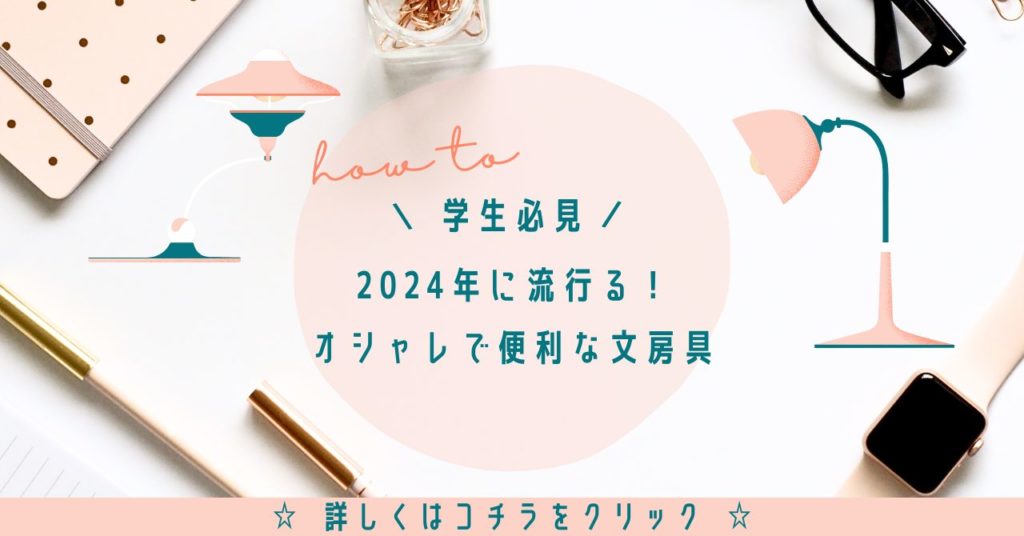
After You Read
1 One day「ある日」
Sukh found a baby white horse
「スーホは赤ちゃんの白い馬を見つけた。」
2 On the day of the race「レースの日」
Sukh took part in the horse race.
「スーホは馬のレースに参加した。」
-> The ruler took the horse away from Sukh.
「王様はスーホから馬を奪った。」
3 On the day of the ruler’s party「王様のパーティの日」
The white horse ran away from the ruler.
「白い馬は王様の元から走って逃げた。」
-> The ruler’s men shot arrows at the white horse, but the white horse kept on running.
「王様の家来が白い馬に弓を撃ったが,白い馬は逃げ続けた。」
-> Sukh found the white horse, but the next day, the horse died.
「スーホは白い馬を見つけたが,翌日,馬は死んでしまった。」
-> He made the horsehead rebec.
「彼は馬頭琴を作った。」
重要語句
・once upon a time 「昔々」 ・poor 「貧しい」
・one day 「ある日」 ・ruler 「支配者,王様」
・cry 「泣く,叫ぶ」 ・happen 「~が起こる」
・ran out 「run out(逃げる)の過去形」 ・injured 「けがをした」
・dear 「親愛なる,大切な」 ・die 「死ぬ」
・too 「~すぎる」 ・finally 「ついに,とうとう」
Let’s Read1 重要事項の解説
He took great care of the horse.
“take care of~”で「~の世話をする」という重要表現です。“care”の前に“great”を入れると,「大切に世話をする」とすることができます。
The white horse grew up.
“grew up”は“grow up”の過去形で,「成長する」という意味になります。
One year, in spring, the ruler was having a horse race.
“one year”は“one day”と同じように「ある年」と訳します。文によっては「1年」と訳すこともありますよ。
“ruler”は「支配者,王様」といった名詞です。“have”は「開く,開催する」といった意味にもなります。
He said, “The winner of the race will marry my daughter.
前置詞”of”は“A of B”の形で「BのA」と訳します。“daughter”は「娘」ですね。
“marry”は“marry 人”で「人と結婚する」という意味になります。“get married to 人”でもOKです(微妙なニュアンスの違いはありますが)
似た表現で“be married to 人”もありますが,これは「人と結婚している」という状態を表します。
Sukh wanted to take part in the race with his white horse.
“want to 動詞の原形”は「~したい」という「不定詞の名詞的用法」ですね。
“take part in~”は「~に参加する」という重要表現です!“join”とも書き換え可能です。
He got on his horse and went to the town.
“get on~”は「~に乗る」ですね。この「乗る」というフレーズは,状況によって英語で使い分けが必要なので整理しておきます。
“get on~”は「乗ろうとする動作」を表します。一方で“ride on~”は「乗っている状態」を表します。
“take”も「~に乗る」という意味がありますが,これは動作でも状態でも使うことができます。
ちなみに「降りる」は“get off~”となりますよ。
And in the lead … was the white horse.
“in the lead”は「先頭に立って」といった意味合いです。
また,この文では「倒置」という表現技法が使われています。文の語順を変えることで強調する技法ですね。倒置は「場所」を示す語を文の初めに置いて,後ろの語順を「動詞+名詞」にして表現します。
本来は“The white horse was in the lead.”となります。
When the ruler saw Sukh, he said, “Here is some silver. Leave that white horse here and go home!”
この文では「接続詞のwhen」が使われていますね。
“Here is~”は「ここに~がある」という表現です。“silver”は「銀,銀貨」という不可算名詞です。
“leave”は「去る,離れる」という意味以外に,「~を置いていく」といったニュアンスの意味もあります。覚えておきましょう!
“What! Stupid boy! Men, beat him up!”
“stupid”は「愚かな」といった意味の形容詞です。
“beat 人 up”で「人を殴りつける」となります。“men”は“man”の複数形で,ここでは「家来」くらいに訳しておけばOKです。
The ruler took the white horse away from him.
“take A away from B”で「BからAを奪い去る」という意味になります。
He wanted to show the white horse to many people.
“want to 動詞の原形”は「~したい」という「不定詞の名詞的用法」ですね。
“show もの to 人”は「人にものを見せる」です。“show 人 もの”の語順でもOKですよ!
He tried to ride on the horse.
“try to 動詞の原形”は「~しようとする」という意味で,挑戦してみたけどダメだったというようなニュアンスで使われることが多いです。難しいといった意味合いが含まれるということですね。
一方で“try 動名詞”は,「(試しに)~してみる」という表現になります。つまりその行為自体はできたという意味合いになります。
The white horse leaped up and the ruler fell off him.
“leap up”で「跳ね上がる,飛び上がる」といった意味です。
“fell off”は“fall off”の過去形で,「落ちる,転げ落ちる」といった意味合いです。
The ruler said, “Quick. Catch him. If you can’t catch him, shoot him!”
“quick”は「早く」という形容詞です。“shoot”は「~を撃つ」という動詞ですね。
また,「接続詞のif」も使われています。
His men shot arrows at the white horse, but the white horse kept on running.
“shot”は“shoot”の過去形です。“arrow”は「弓」という名詞ですね。
“keep on -ing”は「~し続ける」という重要表現です。
That night, when Sukh was in bed, there came a sound from outside.
“be in bed”は「寝ている」という状態を表します。“go to bed”は「寝る」という動作を表しますよ。
後半の文は,ここでも倒置が使われています。本来は“A sound from outside came there.”になりますね。
The horse said to Sukh, “Don’t be sad. Please make a musical instrument out of my bones and hair.
ここでは「命令文」が2か所使われていますね。
“musical instrument”は「楽器」です。
“make A out of B”で「BからAを作る」という意味になります。予想外の材料から何かが作られるというニュアンスになります。
When he played it, he felt that his white horse was with him.
この文では「接続詞のthat」が使われていますよ。
That sound moved the hearts of all the people of Mongolia.
“move”は「~を動かす,動く,引っ越しする」という意味がありますが,「感動させる」というように心を動かすという意味でも使うことができます。どちらも覚えておきましょう!
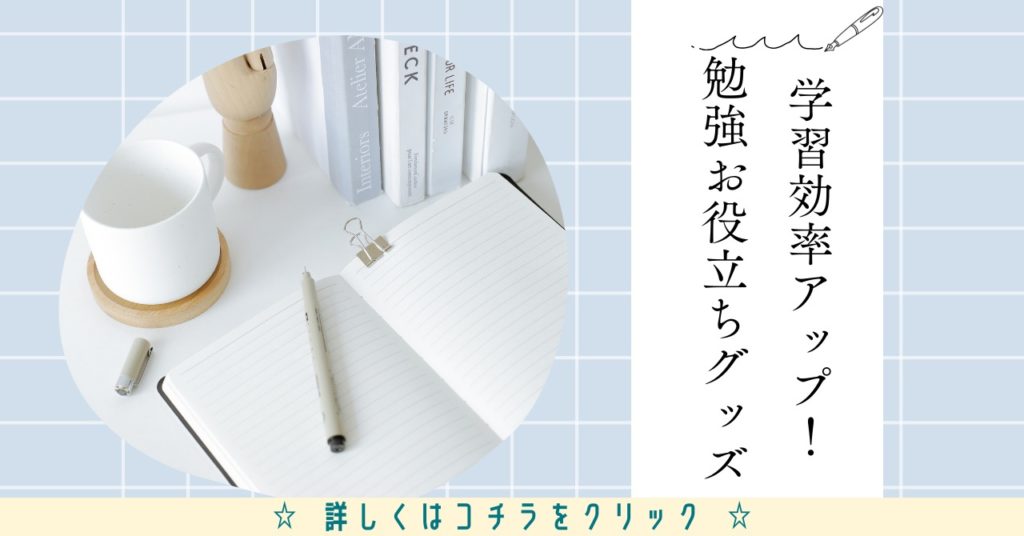
Let’s Read1 まとめ
以上がLet’s Read1の日本語訳となります。
重要な語句や文法が数多く登場します。文章は長いかもしれませんが,内容としては読みやすく勉強にもなると思います!
繰り返し音読をして,しっかり内容と表現を掴んでいきましょう!
>中2Here We Go! Let’s Read2 本文和訳
>中2Here We Go! Let’s Read3 本文和訳
何か分からない点や他に解説してほしい点があれば,お気軽にコメントしてください!
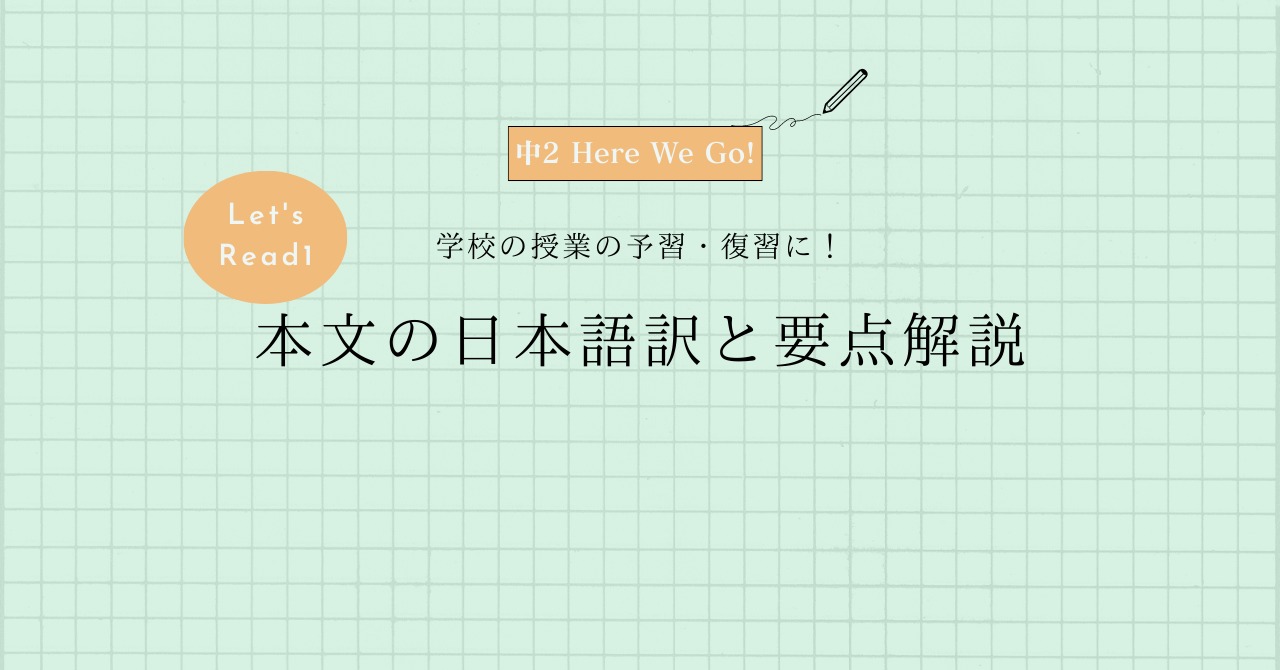

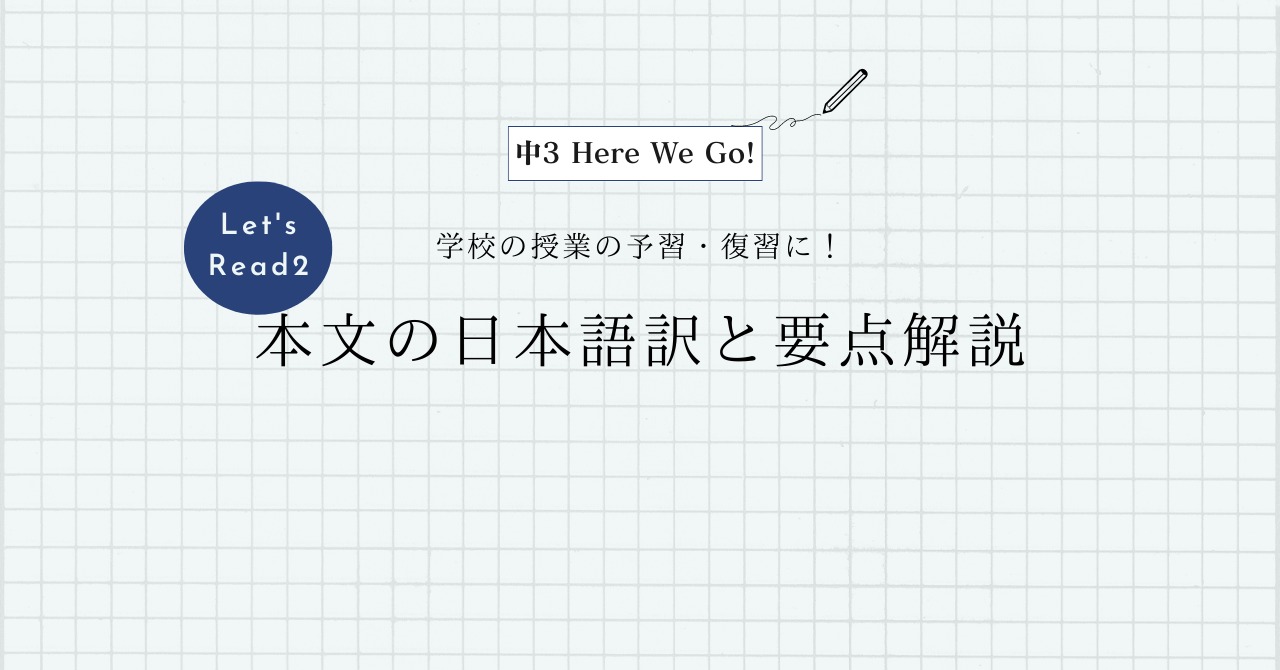
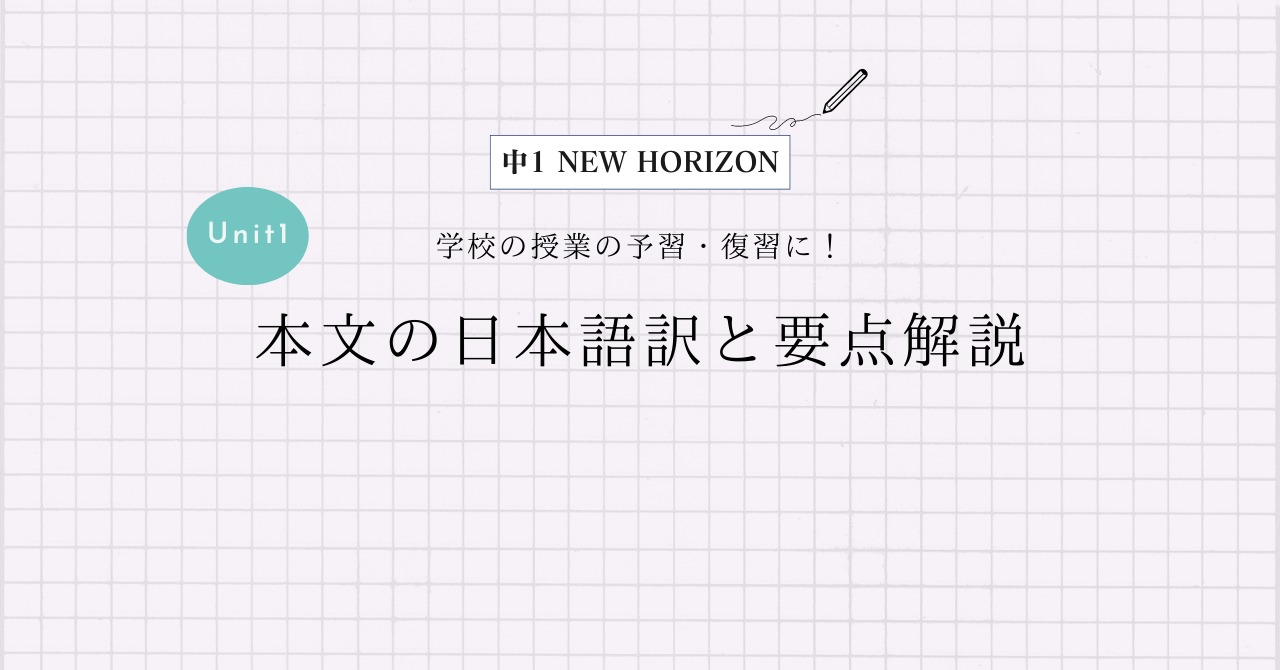
コメント